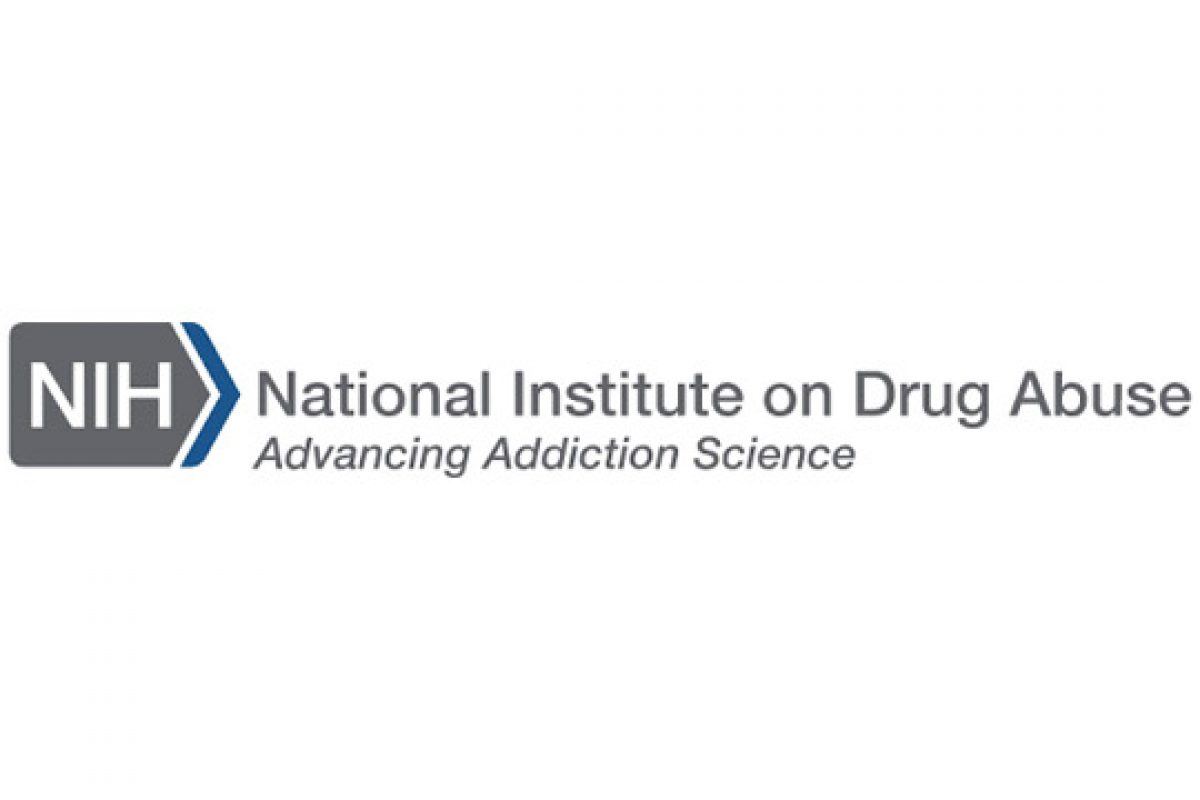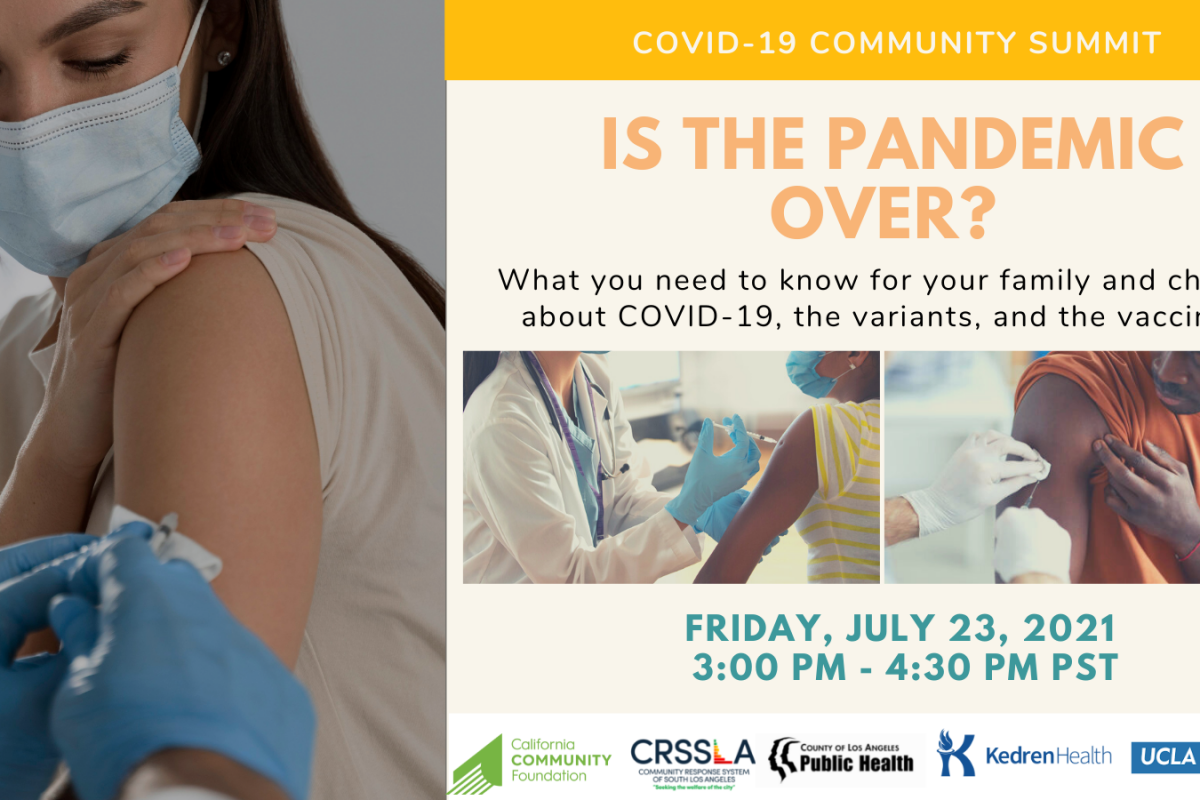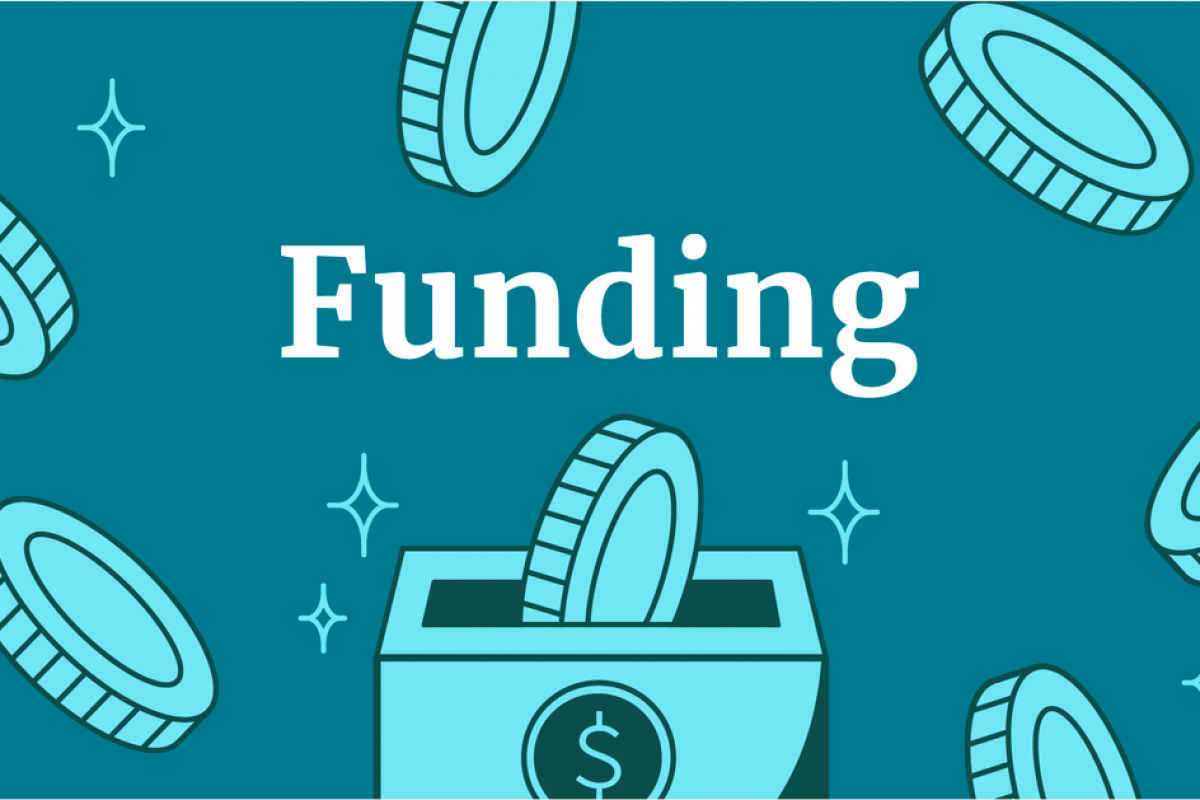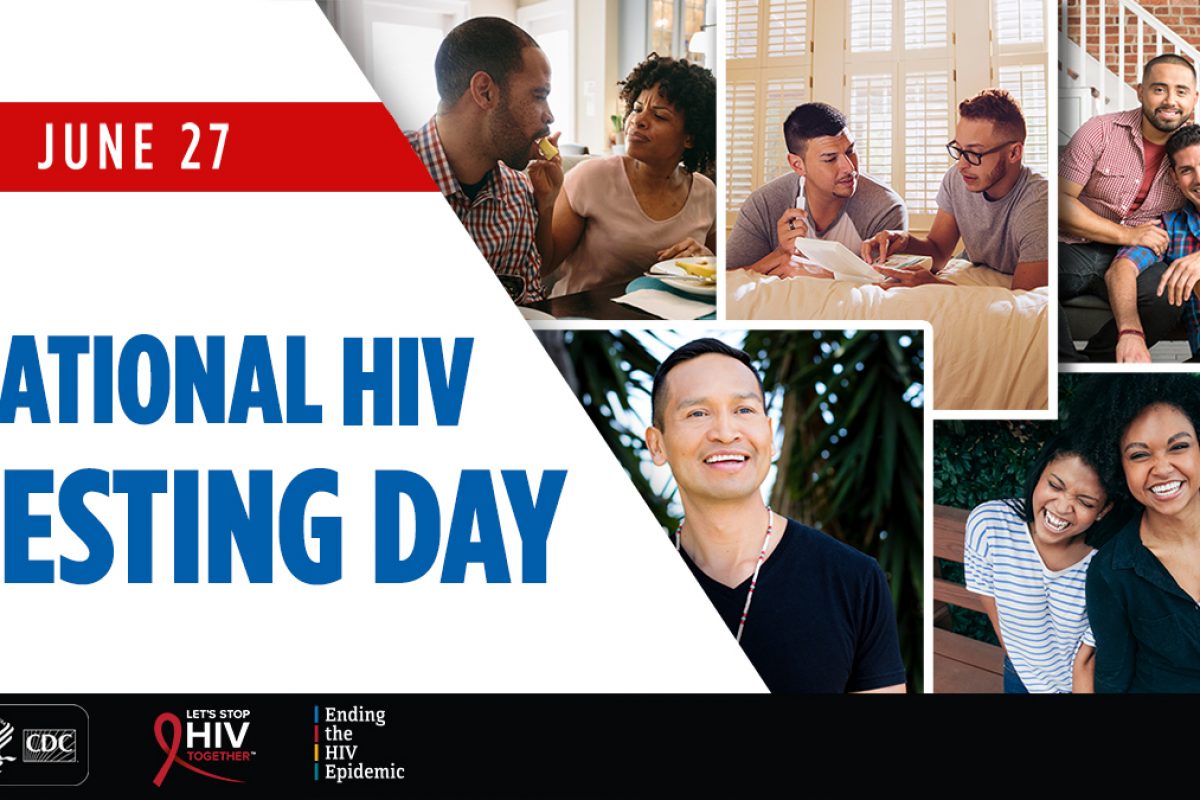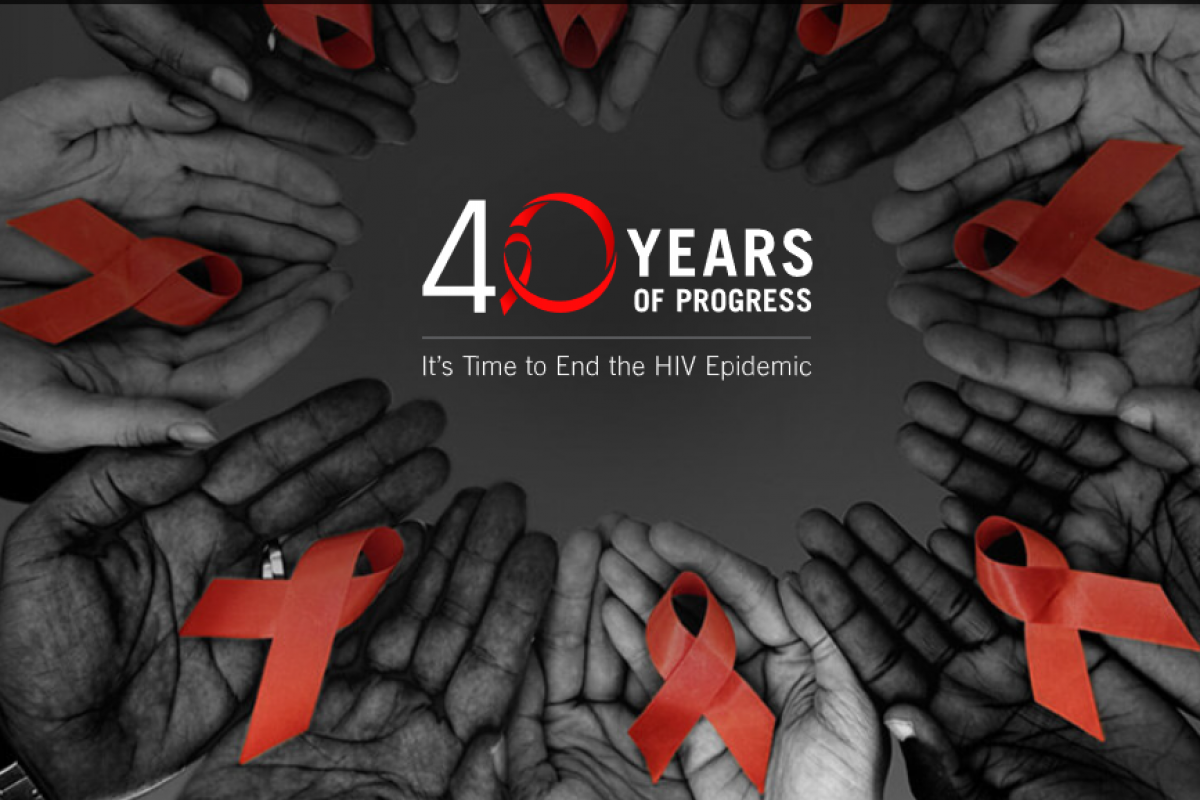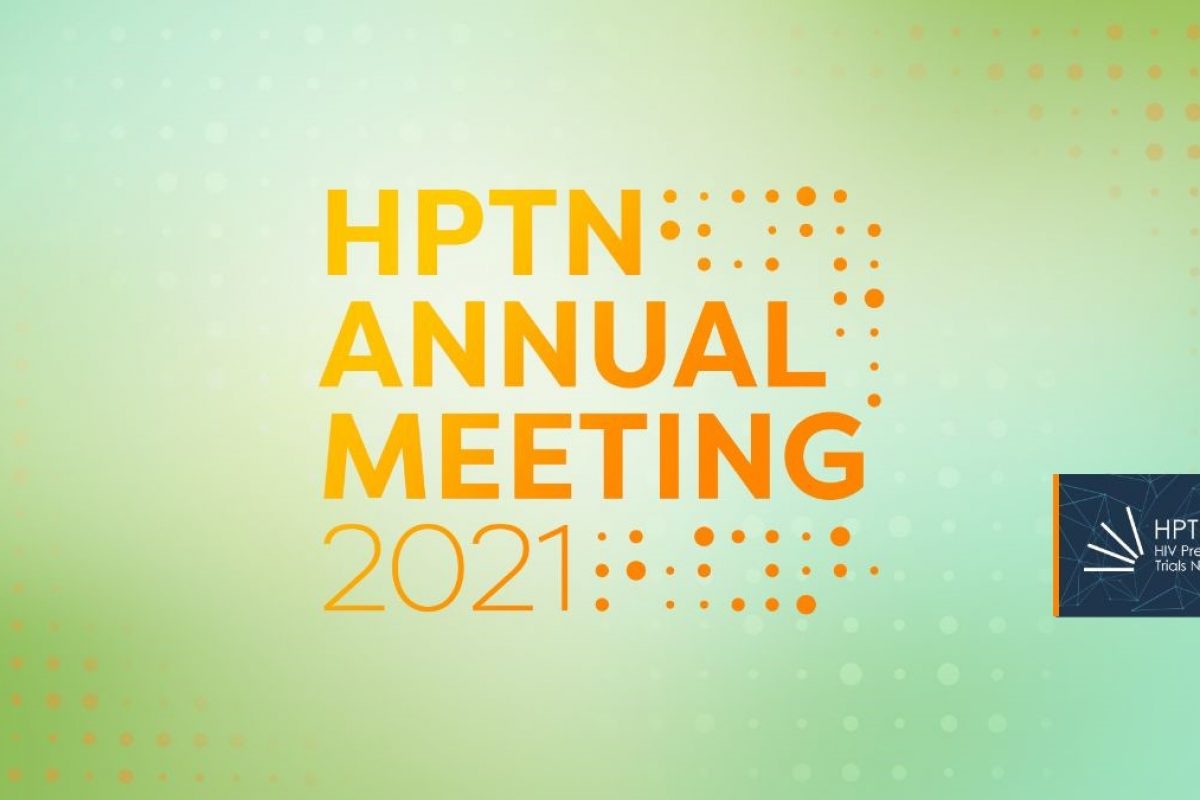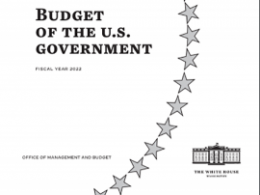This content originally appeared on NIH.gov. View the full article here.
By: NIH News Releases
A clinical trial is underway in five U.S. cities to determine whether delivering integrated health services through mobile clinics can improve HIV and substance use outcomes among people with opioid use disorder who inject drugs. If effective, mobile clinics could serve as an innovative strategy for expanding access to care and providing uninterrupted treatment in this underserved population that addresses the linked public health crises of addiction and HIV.
According to the Centers for Disease Control and Prevention(link is external), approximately 1 in 10 new HIV diagnoses in the United States are attributed—in whole or in part—to injection drug use. Further, high rates of injection drug use in communities have been linked to HIV outbreaks. While injection drug use is not limited to injecting opioids—a drug class that includes heroin and fentanyl—these drugs have a high rate of use among key populations in this new study. It is expected that nearly all study participants will be injecting opioids at the time of enrollment. Substance use and addiction also can create a disorganizing effect in a person’s life that may make it difficult to take daily medication, including antiretroviral therapy (ART) for HIV treatment or pre-exposure prophylaxis (PrEP) for HIV prevention.
The study aims to address these challenges by providing holistic health services delivered in accessible mobile clinics. These integrated services include safe and effective medication for opioid use disorder (buprenorphine) and overdose reversal (naloxone, or Narcan), syringe services where available, HIV testing, ART for HIV treatment, PrEP for HIV prevention, testing for hepatitis and sexually transmitted infections (STIs) and primary care services. Mobile clinics will be placed in residential areas determined to be accessible for those affected by HIV and who inject opioids. In contrast, many community-based agencies are located throughout downtown and commercial areas that may be difficult for people with limited transportation options to access.
“Too often, lifesaving addiction treatment and HIV care are administered by a patchwork of health professionals under several different roofs, presenting major access challenges for people who use opioids and other drugs,” said Nora D. Volkow, M.D., NIDA Director. “By providing these services through a welcoming one-stop shop, and meeting people where they are, we hope to find a way to more effectively treat people for HIV and substance use disorders.”
The study, known as INTEGRA, or HPTN 094, is funded by the National Institute on Drug Abuse (NIDA) and sponsored by the National Institute of Allergy and Infectious Diseases (NIAID), both parts of the National Institutes of Health. INTEGRA is conducted by the NIH-funded HIV Prevention Trials Network (HPTN) at sites in Los Angeles, New York, Houston, Philadelphia and Washington, D.C.
“People are more than their HIV status or addiction diagnosis, yet these factors complicate access to care,” said Steven Shoptaw, Ph.D., INTEGRA protocol chair and director of the Center for Behavioral and Addiction Medicine at the University of California, Los Angeles. “The COVID-19 pandemic has restricted access to medical care for so many people. At the same time, the intertwining epidemics of opioid addiction and HIV have continued to take lives. Now is the time to test innovative strategies to connect our most vulnerable populations to effective, integrated care.”
Nabila El-Bassel, Ph.D., university professor at the Columbia University School of Social Work, serves as the INTEGRA protocol co-chair.
The study team aims to enroll 860 participants with opioid use disorder who inject drugs. Equal numbers of participants will be randomly assigned to receive care through either a single mobile clinic or through multiple community-based agencies. The latter group, which reflects the current standard of care, will serve as the control arm of the study.
For 26 weeks, participants in both study arms will receive access to trained peer navigators to help coordinate and facilitate care visits, in which they will be offered routine health services based on needs identified during the initial assessment. At weeks 26 and 52, investigators will evaluate the use of medications for opioid use disorder, rates of viral suppression among participants with HIV, use of PrEP among HIV-negative participants, use of opioids and other substances based on participant self-report and urine screenings, drug overdose events, and new diagnoses of HIV, SARS-CoV-2 (the virus that causes COVID-19), hepatitis C, and bacterial STIs, among other health measures in both groups.
Investigators will also analyze the cost-effectiveness and logistical value of delivering care through mobile clinics compared to community-based agencies. Results from INTEGRA are expected in 2025.
Learn more about HPTN 094/INTEGRA, or “A Vanguard Study of Health Service Delivery in a Mobile Health Delivery Unit to Link Persons who Inject Drugs to Integrated Care and Prevention for Addiction, HIV, HCV and Primary Care,” by visiting ClinicalTrials.gov and using study identifier NCT04804072 and HPTN.org(link is external).
About the National Institute on Drug Abuse (NIDA): NIDA is a component of the National Institutes of Health, U.S. Department of Health and Human Services. NIDA supports most of the world’s research on the health aspects of drug use and addiction. The Institute carries out a large variety of programs to inform policy, improve practice, and advance addiction science. For more information about NIDA and its programs, visit www.drugabuse.gov.
About the National Institutes of Health (NIH): NIH, the nation’s medical research agency, includes 27 Institutes and Centers and is a component of the U.S. Department of Health and Human Services. NIH is the primary federal agency conducting and supporting basic, clinical, and translational medical research, and is investigating the causes, treatments, and cures for both common and rare diseases. For more information about NIH and its programs, visit www.nih.gov.

